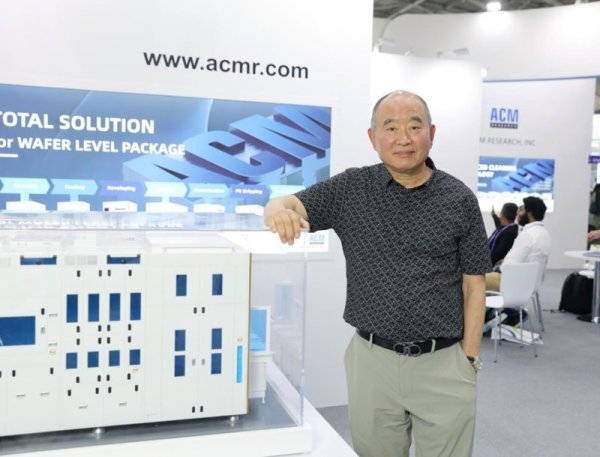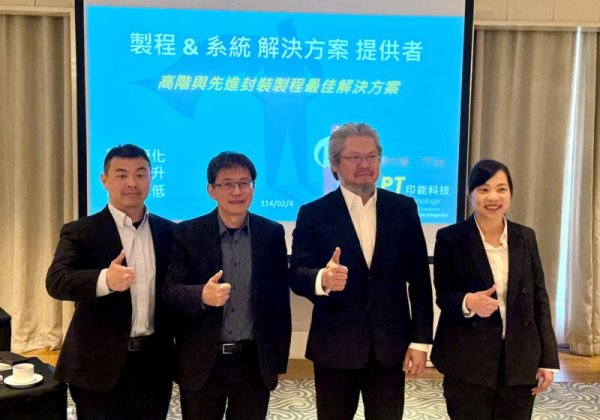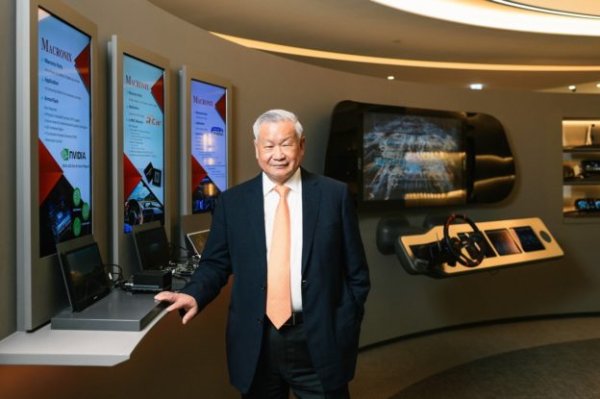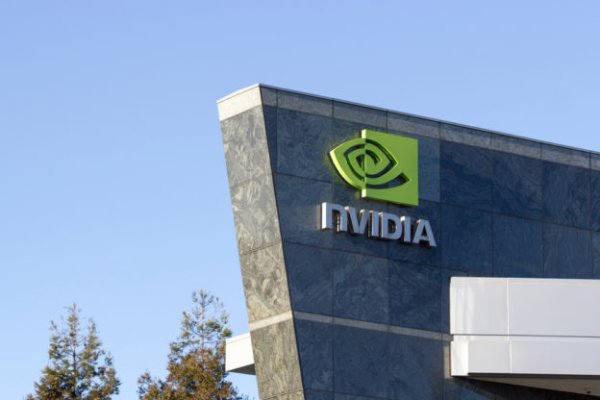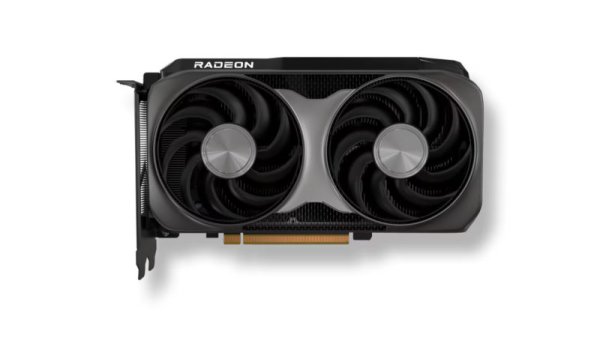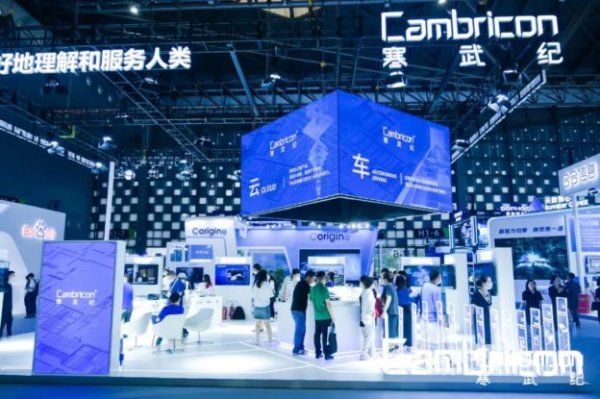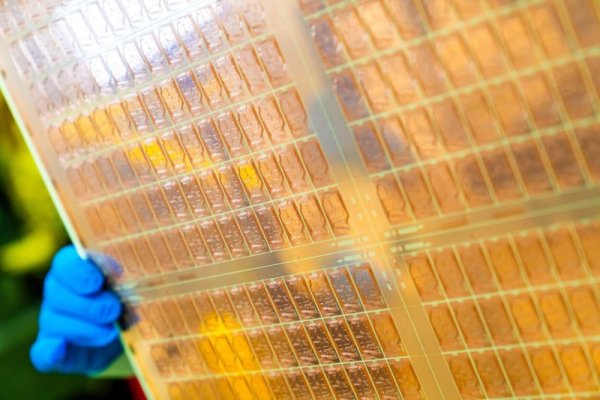Texas Instruments joins hands with NVIDIA to solve data center 800V high-voltage DC power transmission challenge

With the rapid growth of the server and artificial intelligence (AI) markets, the energy consumption requirements of each group of cabinets are rising from 100kW to more than 1MW. The growth of this energy consumption forces designers to fundamentally reimagine the power supply path of the entire data center, from the grid end to the processor gate.
Therefore, although the 48V power supply architecture was regarded as the "next big challenge" a few years ago, if a 48V power distribution system is used in a 1MW cabinet, nearly 450 pounds of copper will be required to maintain power distribution losses, which is unsustainable in terms of weight or cost. Today, Texas Instruments (TI) power management and sensing technology enables DC architectures up to 800V. That’s why Texas Instruments is partnering with NVIDIA (Nvidia) to develop an 800V high-voltage DC power distribution ecosystem to meet growing computing demands and power supply.
Texas Instruments stated that high-voltage power conversion is the core of the future AI data center power supply architecture. Technologies such as gallium nitride (GaN) enable the high power density and conversion efficiency of these systems. Additionally, ensuring safe operation of an 800VDC system requires high voltage sensing, protection circuitry, and safe isolation. Among them, the 800VDC high-voltage system architecture requires products and technologies such as solid-state relays, high-voltage hot-swap, high-precision battery monitors for backup battery modules and central battery packs, isolated gate drivers, isolated current sensors and voltage sensors.
Therefore, in addition to the high-voltage DC power distribution system, the new generation of AI processors also requires more innovative technologies to improve the power density and thermal management performance of the 48V and processor power supply levels. Fundamentally, while power requirements continue to increase, cabinet and tray sizes do not. Therefore, power solutions must evolve towards higher density and higher efficiency.
Texas Instruments’ 100V mid-voltage GaN technology can help support the 48V trend toward higher efficiency and density, enabling higher integration, higher efficiency, and smaller overall solution size. Its integrated GaN solutions simplify previously complex, high-density and high-efficiency mid-bus converter architectures. To handle the current demands of today's systems in excess of 1,000A, a high-frequency multiphase processor power supply scheme is necessary.
In addition, Texas Instruments' high-performance bipolar complementary metal oxide semiconductor (CMOS) double-diffused MOS (DMOS) power supply process technology enables a more streamlined multi-phase processor power supply design. In this area, Texas Instruments is working closely with NVIDIA to define the requirements for next-generation multiphase solutions to support the cabinet trend beyond 1MW.



